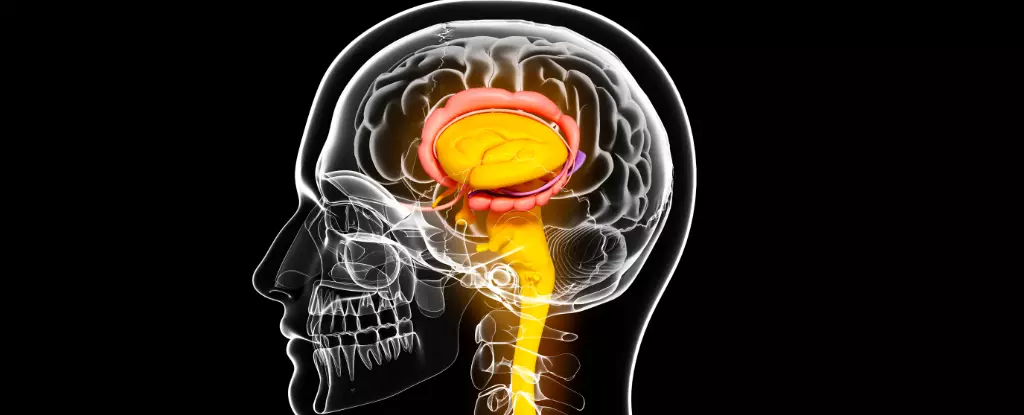As we delve deeper into the complexities of the human brain, the significance of subcortical areas cannot be overlooked. Often overshadowed by the cerebral cortex, these smaller, deeper structures play crucial roles in various fundamental processes, from emotion regulation and motor control to learning and attention. Their often-underappreciated contributions extend to several neurological disorders, including but not limited to schizophrenia, ADHD (Attention-Deficit/Hyperactivity Disorder), and Parkinson’s disease. A recent large-scale investigation has illuminated the intricate relationship between specific genetic variants and the development of these vital subcortical areas, offering critical insights into their functions and potential implications for brain disorders.
The study in question enlisted the collaboration of an impressive collective of 189 researchers from 19 countries, representing an unprecedented examination of genetic data coupled with MRI brain scans. They looked at the neurological architecture of a staggering 74,898 individuals, exploring variations in subcortical structures such as the amygdala, thalamus, hippocampus, brainstem, and putamen. The ramification of this research pledges to not only map the genetic essence of humanity but also deeply understand how these subcortical structures contribute to brain health and disorders.
Paul M. Thompson, a co-author and neuroscientist from the University of Southern California, aptly characterized this endeavor as a pursuit to identify the specific genetic alterations that drive brain diseases. By employing a method known as Genome-Wide Association Study (GWAS), the research team meticulously assessed genetic variations across vast populations. By isolating 254 genetic variants correlated with the volume of subcortical regions, the research revealed that as much as 10% of differences in brain volume among the participants could be genetically attributed, presenting a breakthrough in comprehending brain structure variability.
The findings of this sweeping analysis underscore the potential genetic ties between specific subcortical brain volumes and various neurological conditions. Particularly noteworthy was the discovery of genetic correlations between eight subcortical areas and Parkinson’s disease, as well as three correlations with ADHD. Miguel Rentería, an associate professor of computational neurogenomics, articulates the necessity for this research in understanding and effectively treating these conditions. “Genetic influences driving the individual variations in brain structure may be crucial in identifying the roots of brain-related disorders,” emphasizes Rentería.
The identification of links between certain disorders and subcortical structures is not entirely novel; however, this study sheds further light by delineating precisely how genetic variants influence the anatomy of these critical brain regions. While the causative nature of these relationships is still under investigation, the study presents compelling evidence that could shape future research trajectories.
As the scientific narrative continues to unfold, with large collaborative studies like this one paving the way, the implications for future treatment strategies are profound. By better comprehending how genetic variations influence subcortical brain structure, researchers can hopefully unlock new therapeutic avenues for disorders that have long been resistant to treatment.
Nevertheless, it is essential to approach the results with cautious optimism. While the findings contribute significantly to our understanding of the intricate web of connections between genetics and brain structure, the path from genetic variants to observable neurological disorders remains complex and multifaceted. Ongoing research efforts are imperative in determining the extent and nature of these genetic influences.
Overall, this research represents a monumental stride in neuroscience, pushing the boundaries of our understanding of how genetic underpinnings can shape brain structure and function. As we stand on the cusp of new discoveries in this field, it becomes increasingly critical to integrate these findings into clinical practices, ultimately advancing our capacity to treat and manage neurological disorders more efficaciously. By unearthing the genetic tapestry that influences the subcortical structures of the brain, we deepen our grasp of not only human biology but also the broader question of what it means to be human.



Leave a Reply